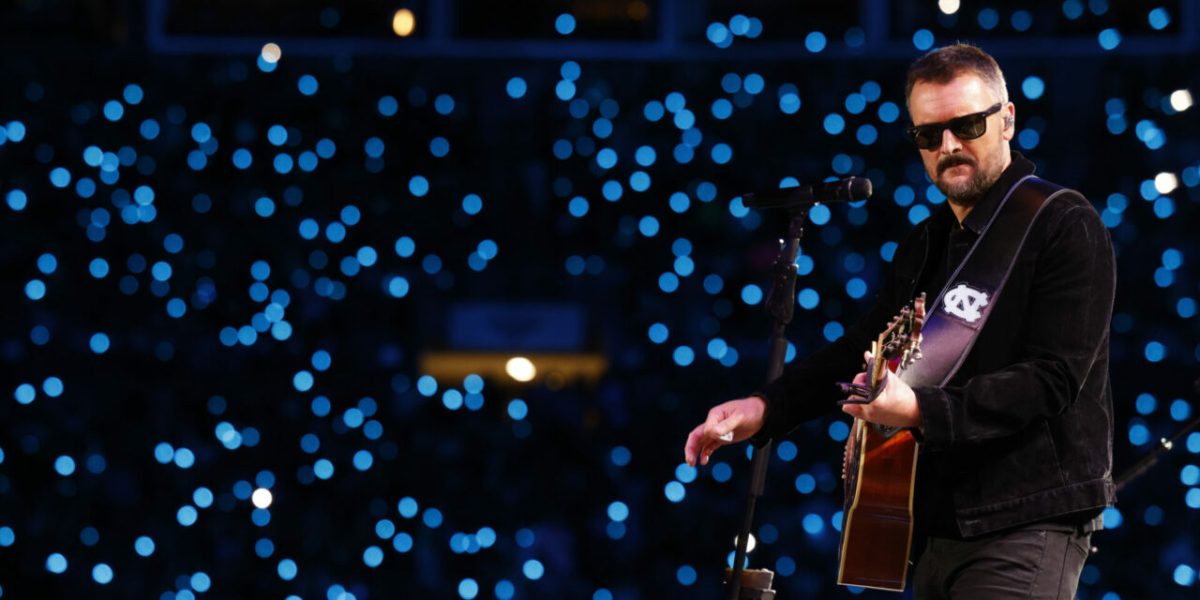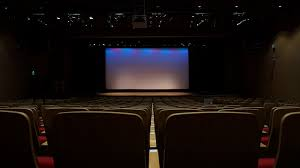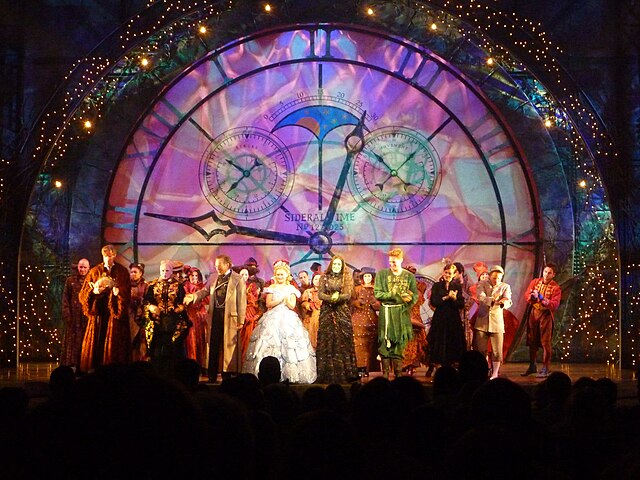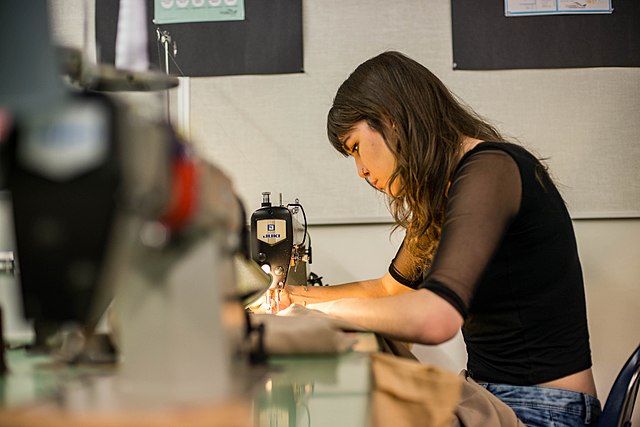Former art professor David Newton, who passed away last spring, had a quote on his wall that summed him up.
“The pursuit of goodness leads to greatness, but the pursuit of greatness leads to ruin. So pursue goodness and you will achieve greatness.”
Newton did achieve greatness in the hearts and minds of his former students and colleagues fortunate enough to know him.
“Onward: The Creative Legacy of David Newton” celebrates Newton’s work and life. The exhibition opens today and will continue through May 4 in the Guilford Art Gallery in Hege Library. The exhibition will commence with an opening night reception this evening from 6:00 p.m. to 8:00 p.m.
Over 100 of Newton’s works will be on display, including oils, watercolors, etchings and engravings as well as several sculptures.
“A lot of people don’t realize that (Newton) was a really accomplished painter before he started doing sculpture,” said senior Heather Von Bodungen. “Several of those works will be on display in the exhibit.”
Many of Newton’s former students see a connection between his work and his temperament.
“(Newton’s) work really paralleled his personality,” said Johanna Breed ‘10, one of Newton’s former advisees. “It has a geometric exactitude mixed with a whimsical personality. That’s just the way he was; he was a funny balance between taking his work very seriously, but not taking himself very seriously.”
“He had a sense of humor,” said Von Bodungen. “It shows in his work. He would use things like swimming pool noodles and found objects as well as more traditional media like wood and marble.”
For her capstone Quaker Leadership Scholars project, Von Bodungen co-curated the exhibition with Guilford Art Gallery curator and director Theresa Hammond and prepared the exhibition catalog.
Von Bodungen also received a grant from the Pickett Foundation for Quaker Leadership, an organization that funds projects chosen by developing Quaker leaders.
The grant will allow proceeds from the catalog sales to go to a scholarship fund in Newton’s name at the Art Students League in New York.
Von Bodungen worked with Hammond in gathering Newton’s works that had been scattered among friends and family and on display in the Weatherspoon Gallery at the University of North Carolina at Greensboro.
“David was a gifted artist and teacher who combined a serious commitment to his art with devotion to all of his students, and not just the art majors,” said Hammond in an email interview. “He brought a passion, good humor, a zealous work ethic and fine craftsmanship to everything he set his mind and hand to. His spiritual beliefs guided his practice and I think his greatest impact will be the influence he had on countless students, many of whom have shared stories with me of how his encouragement changed their lives.”
While the focus of the exhibit will be on Newton’s work, the reception will also be a space for his former students to reminisce about the professor’s sense of humor and devotion to his students.
“This is one of the last classes who will have a memory of (Newton),” Von Bodungen said. “That’s why it’s important to do the exhibition while there are those on campus who’ve been impacted by him.”
Hammond emphasized that the exhibit is not only for former students of Newton.
“For those who weren’t lucky enough to know him, the exhibition is still valuable because of the quality and range of the work on display,” said Hammond. “Students will have the opportunity to see work David produced when he was a student and how his work developed over the course of his career.”
Von Bodungen said that Newton was perhaps best loved as an advisor, particularly among first year students, who found him warm and comforting. In 2010, Newton won an award from the National Academic Advising Association for being that year’s outstanding faculty advisor in North Carolina.
“Newton was the best form of an enabler,” said Michael Crouch ‘10, associate director of communications and marketing. “I went to him with a cloudy interpretation of an idea, and he helped me realize a lifelong dream of building and sailing my own boat. While I suspected I could do it, (Newton) believed in me more than I did. I will never forget his guidance, insight, and encouragement — all delivered in a style I felt was custom-tailored for me.”
Many of Newton’s students will remember this personal touch, as much a legacy as his sculpture. In both art and teaching, he avidly pursued goodness; goodness that those who knew him would say made him great. “Onward: The Creative Legacy of David Newton” is a celebration of that legacy.












